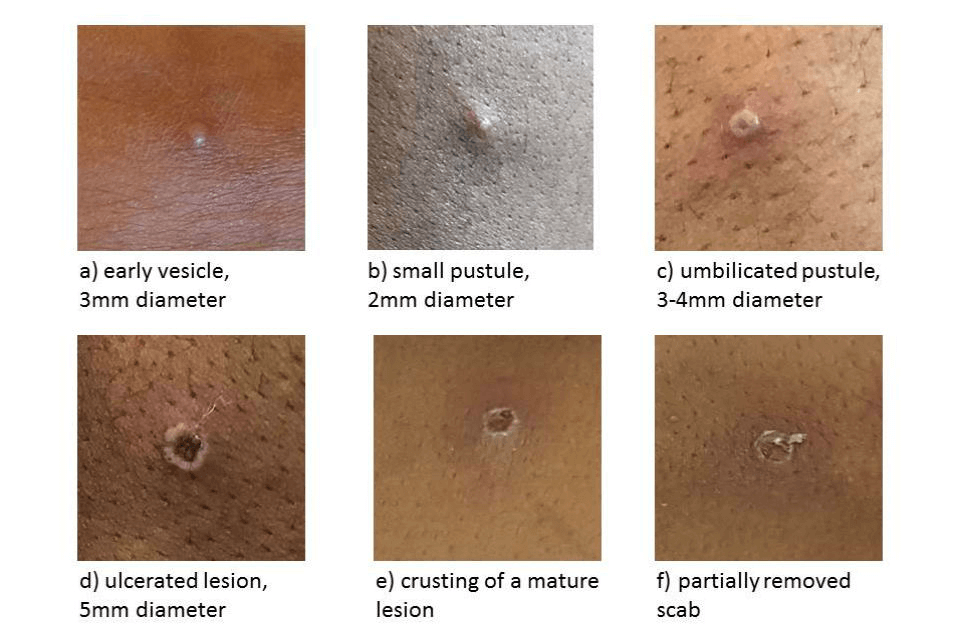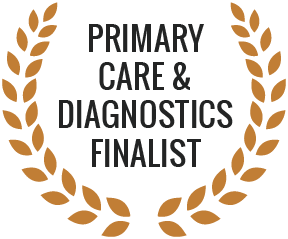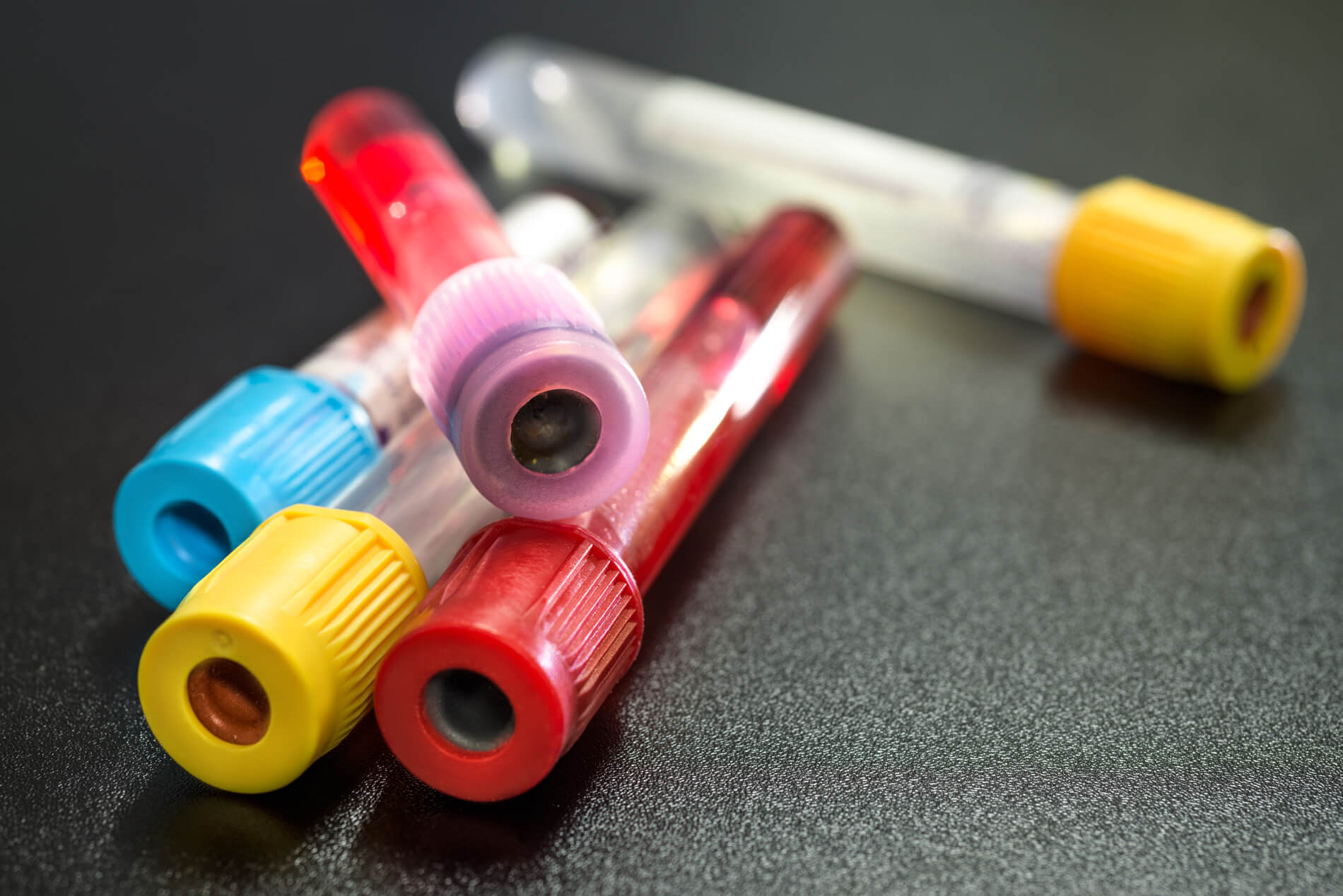You have likely heard and seen the news by now regarding an outbreak of a virus called monkeypox virus (MPV). Information is still being gathered and although case numbers are quite small, we have already taken measures to protect patients and staff at the clinic and our team thought it would be helpful to provide a quick guide to our patients, who might be sifting through a lot of true and incorrect information on this virus.
How we have responded
We have reviewed our infection control and PPE policies – both are fit for the purpose of protecting staff and patients from monkeypox. We have created testing and treatment pathways for patients concerned about contact or symptoms and liaised with relevant NHS departments on those patients’ behalf.
What are the symptoms of MPV?
The most common presentation of Monkeypox Virus is a fever followed by a rash, usually beginning on the face or the genital area, and spreading to other parts of the body. You may also have new lumps appear in the neck, groin and under the arm (lymphadenopathy) and intense headaches. As this is a viral infection, you might feel fatigued/malaise, back pain and generalised aches and pains.
What does the Monkeypox virus rash look like?
The rash changes and goes through different stages before finally forming a scab which later falls off. These photos give a good indication of how the rash develops.

Monkeypox Rash
When do symptoms begin after exposure?
The symptoms appear to begin 5-21 days (average 6-16 days) after exposure and usually begin with fever, headache and fatigue before a rash begins to develop.
How is Monkeypox spread?
The spread may occur when a person comes into close contact with an animal (rodents are believed to be the primary animal reservoir for transmission to humans but monkeypox is not found in UK rodents at present), human, or materials contaminated with the virus.
The virus enters the body through broken skin (even if not visible), the respiratory tract, or the mucous membranes (eyes, nose, or mouth). Person-to-person spread may occur through:
- direct contact with monkeypox skin lesions or scabs
- contact with clothing or linens (such as bedding or towels) used by an infected person
- or through respiratory transmissions, such as coughing or sneezing of an individual with a monkeypox rash.
How can I protect myself from Monkeypox infection?
- Be aware of the signs and symptoms
- Avoid unprotected casual sex
- Consider wearing a mask in crowded public areas as coughs and sneezes can transmit the virus
- Continue to sanitise your hands regularly
Should I isolate myself if I think I have Monkeypox?
You should first seek medical attention and testing. If you have clear Monkeypox symptoms or test positive for Monkeypox, isolation is required. The information on this continues to develop but the NHS is currently advising 21 days of isolation for positive cases.
What is the treatment for Monkeypox?
Treatment for monkeypox is mainly supportive. The illness is usually mild and most of those infected will recover within a few weeks without treatment. However, where treatment is needed, specialised NHS departments will be able to help and we will be able to direct you accordingly.
Can you help?
If you need us, we are here and will support you and direct you as necessary. Please call 020 7323 1023 if you are concerned about contact or symptoms.







I don’t know where I got the misconception that monkeypox is sexually transmitted. How long do the symptoms last?